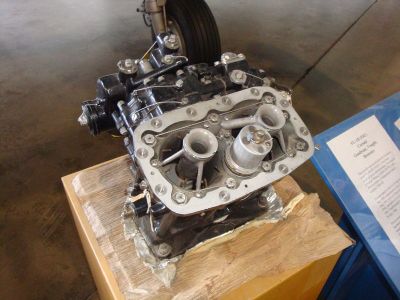Aircraft FS failures are relatively uncommon, yet represent a serious danger. Furthermore, the growing usage of polar aircraft routes, combined with climate change, will mean greater risk of FS malfunctions.
The EU-funded project 'The safer fuel system' (http://www.safuel-FP7.eu (SAFUEL)) aims to develop, test and validate a new, safer fuel system that protects against aviation hazards. The regulation-compliant system will minimise the FS risks associated with future aviation conditions of more extreme temperatures, increased humidity and more frequent lightning exposure.
Technical objectives include improving water detection in fuel tanks, enhancing flammability protection, removing ignition sources and validating compatibility with modern aviation electronics. Additionally, the 13-member project plans to verify compliance with alternative fuel standards. The undertaking runs from November 2012 to February 2016.
In order to develop new technologies, the project first defined an aircraft baseline and multi-level system and component specifications. It also defined criteria on technology maturity, safety and compliance.
Work on the detector for water in fuel tanks began with an analysis of the accident report literature. Hence, an optical dissolved-water sensor is under development. The team tested the ageing properties of optical fibre in aviation fuel, and determined the relation between water detection and temperature. Results indicate good performance of the optical water sensor.
The first stages of studying icing phenomena involved designing innovative test benches to enable the correct modelling of environmental conditions during flights. Subsequently, the team studied various factors affecting ice accretion in inaccessible aircraft locations.
Researchers developed and tested sensor/matrix materials corresponding to the fuel tank environment. SAFUEL also developed and optimised a classical fuel tank inerting system architecture for use with an in-tank oxygen sensor, comparing the energy consumption against reference architecture. The system's requirements led to trade-off choices being made in favour of the most promising gauging technologies, specifically hydrodynamic-based gauging.
SAFUEL will yield aircraft fuel systems less vulnerable to the hazards of flight environments. Additionally, the project's innovative gauges and sensor systems represent commercial opportunities for European manufacturers.
 EN
EN  CS
CS DE
DE ES
ES FR
FR HU
HU IT
IT PL
PL PT
PT РУ
РУ SK
SK TR
TR УК
УК AR
AR 中文
中文







